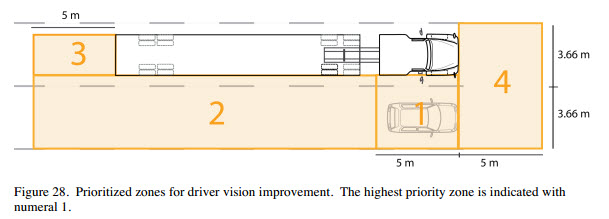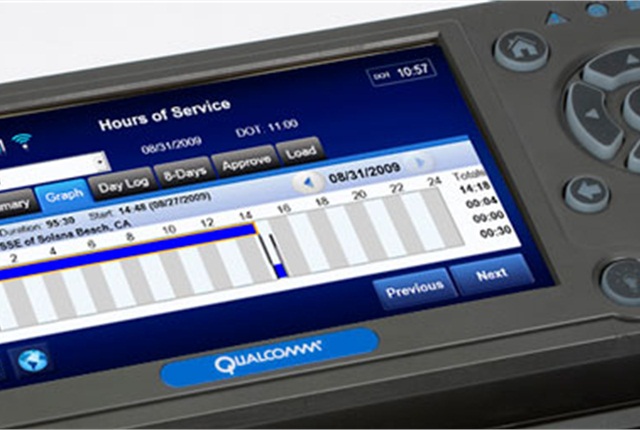Negligent truck driver hiring puts road users at risk of dangerous accidents and expose commercial cariers to expensive lawsuits
With the actual growing shortage of qualified truck drivers, trucking companies may be tempted to lower their hiring standards to avoid turning down jobs. These companies should keep in mind that by scarifying safety for profit they put themselves at the mercy of a negligent hiring lawsuit.
Trucks are dangerous vehicles and motor carriers are responsible for any accident caused by their drivers. Therefore if the company was negligent in its hiring process in addition to the usual negligent driving claims it can also be held responsible for the personal injury, the death and the property damage resulting from an accident caused by its driver on a separate cause of action alleging negligent hiring. In some states based upon the driver’s record at the time of hiring punitive damages may be recoverable.
In his article “Negligent Driver Hiring Can Bite You in the Butt” , Don Jerrel, Associate Vice President at HNI, explains how hiring, training and keeping qualified and successful truck drivers will protect commercial carriers from expensive lawsuits and improve safety on the road by reducing truck accidents.
 New York Personal Injury Attorneys Blog
New York Personal Injury Attorneys Blog




